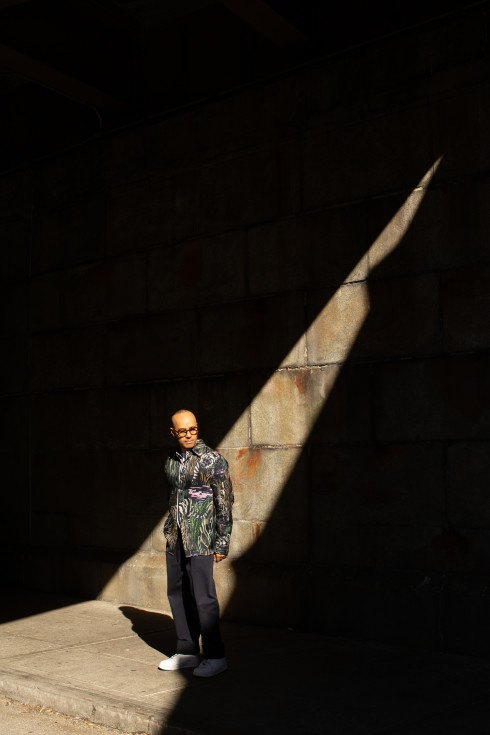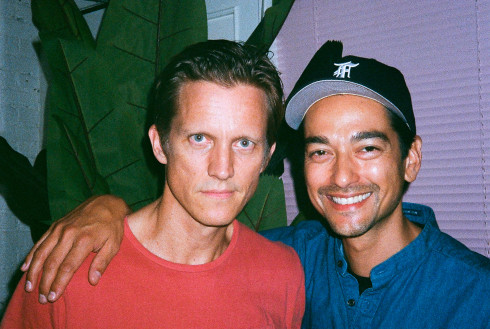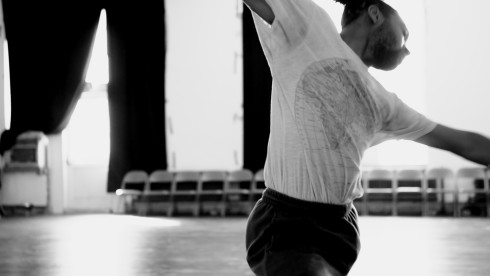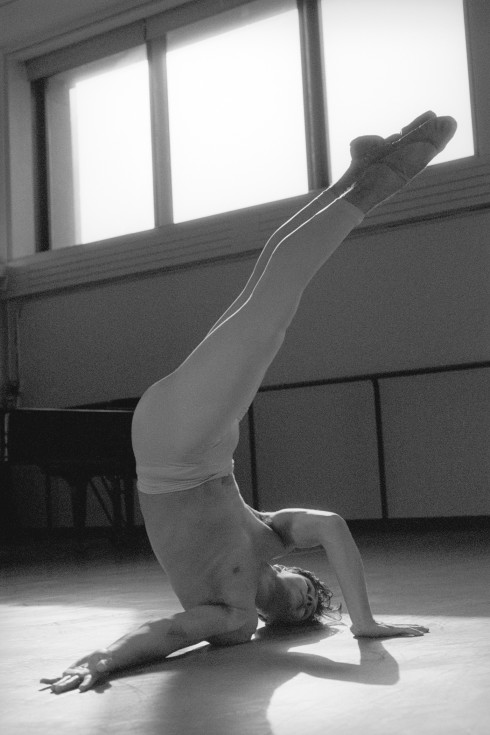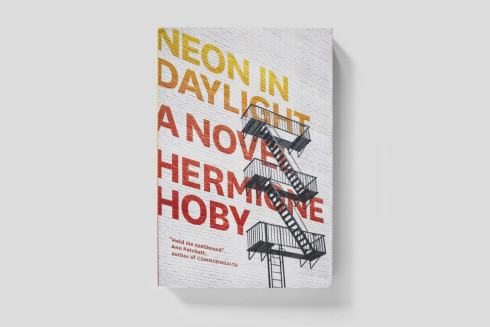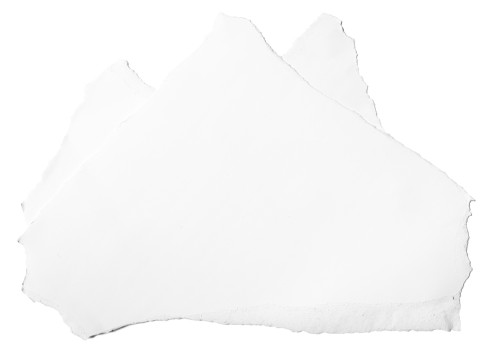É NA TERRA NÃO É NA LUA
Halfway through Gonçalo Tocha’s transporting new film É na Terra Não é na Lua, one of the inhabitants of Corvo calls his hometown the “farthest place in Europe possible,” the only village on a tiny speck of the Azores that is nearly as far from the capital in Lisbon as it is from the one in Washington. Even that feels like a bit of an understatement to describe an island of seventeen square kilometers with a population of roughly 450 people, a place that feels just as remote in time as it is in place—a deserted, forgotten land stranded in the middle of the Atlantic Ocean.
É na Terra Não é na Lua (the title translates to It’s the Earth Not the Moon, taken from a headline about the island from an old newspaper story) opens on a creaky boat making its way across the blue sea towards Corvo, a reminder of Tocha’s first film Balaou, about a nautical voyage he took from the Portuguese mainland to the Azores, his mother’s homeland, after her death. In a voiceover conversation with his sound technician, Dídio Pestana, Tocha discusses his plans for the next two years, to capture “every face” of the distant island, a lofty goal that results in this wandering, touching film that is part documentary, part travelogue, but most closely resembles a personal journal in cinematic form.
The movie unravels at a leisurely pace, with long shots of the stark landscape of Corvo—mostly composed of the Caldeirão, the gaping crater of an extinct volcano—and the cream walls and red roofs of the town’s scattered buildings. As Tocha gradually assimilates into island life, we grow to know the island turn-by-turn as well, meeting new faces—the cheesemaker, the pig butcher, the air traffic controller—who become familiar. An air of nostalgic melancholy pervades the film, as the townspeople describe the centuries-old traditions being replaced by the plodding modernization that manages to reach even this far-off corner of the continent.
But É na Terra Não é na Lua is about more than just a search for lost time. It is a form of acceptance that as the world flattens out, even the remotest places come to seem more and more alike, with their discos pulsing with rumbling house music and earnest television news reports and gossip magazines. Gone are the years when islanders would have to survive for months over the winter without seeing a ship come to dock—a ferry service to the neighboring island of Flores was inaugurated in 2008.
The film is tied together by scenes of an old woman knitting a wool hat for Tocha, one based on a design brought back by whalers from America long ago, here emblazoned with “Gonçalo Corvo 2008” across the brim. As she slowly works the yarn into shape, she reminisces about the past, about the dying practices that once united the people to the land, the farming, the sheep and cattle husbandry, the rockets that used to mark whale sightings. É na Terra Não é na Lua ends, naturally, with Tocha donning the completed cap, becoming, at last, an honorary Corvo-dweller. Nicolas Bouvier wrote in L’Usage du monde that “One thinks that one is going to make a journey, yet soon it is the journey that makes or unmakes you,” a sentiment that feels truer than ever here. There is a special pleasure to the immersion of this film, a small and tempting peek at a way of life that seems distant in its specifics yet remains so very close to our own.
É na Terra Não é na Lua runs through Thursday at Anthology Film Archives, 32 Second Avenue, New York. Image courtesy of Gonçalo Tocha.
“É NA TERRA NÃO É NA LUA”_trailer I from Gonçalo Tocha on Vimeo.
